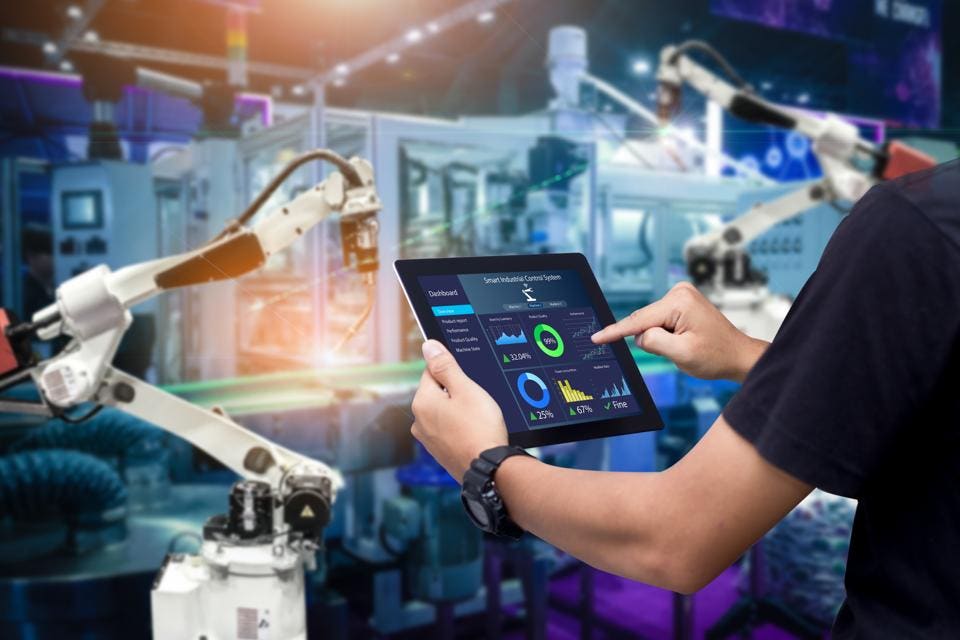In today’s rapidly evolving industrial landscape, machine vision integration with stroboscope is becoming a game-changer, especially in Quality Assurance (QA) processes. This integration is crucial for enhancing precision and efficiency in various industries. In this article, we will delve into how this innovative technology works and its significance in the QA sector.

Understanding Machine Vision
Machine vision refers to the technology that allows machines to interpret and process visual information from the surrounding environment. It involves the use of cameras, software, and hardware to automate and improve the way machines see and react to visual inputs.
The Role of Stroboscopes
Stroboscopes are devices that emit flashes of light at specific intervals. In industrial settings, they are used to freeze fast-moving objects, making them appear stationary. This capability is essential for inspecting and analyzing high-speed processes.
How Stroboscopes Enhance Machine Vision
When integrated with machine vision systems, stroboscopes provide enhanced visibility and accuracy. The synchronized flashing allows for capturing clear images of fast-moving parts, aiding in precise analysis and inspection.
Applications in Quality Assurance
Industries are increasingly relying on machine vision integration with stroboscope for QA purposes. This combination is instrumental in detecting defects, ensuring product uniformity, and verifying the consistency of high-speed manufacturing processes.
Detecting Shift-Related Production Errors
Machine vision systems equipped with stroboscopes can effectively detect shift-related production errors. By freezing motion at critical moments, these systems can identify and address discrepancies that could lead to defects.
Monitoring Product Flow
In industries where fluid dynamics are involved, stroboscope-based machine vision systems can monitor air bubbles in product flow. This capability is crucial for maintaining the quality and integrity of the final product.
Ensuring Product Uniformity
Uniformity in products is critical for maintaining brand reputation and customer satisfaction. By utilizing machine vision integrated with stroboscopes, industries can analyze and ensure product uniformity across batches.
Implementation in Automated Lines
Integrating machine vision and stroboscope technology into automated lines enhances the overall efficiency of production. These systems can automatically adjust parameters to maintain optimal performance without human intervention.
Benefits of Integration
The integration of machine vision and stroboscopes offers numerous benefits, including improved accuracy, reduced defect rates, and enhanced production speed. These advantages lead to significant cost savings and improved product quality.
Improving Accuracy
By capturing high-resolution images of fast-moving objects, these systems ensure that every detail is scrutinized, leading to improved accuracy in defect detection and analysis.
Reducing Defect Rates
The ability to detect and address issues in real-time helps in significantly reducing defect rates. This proactive approach minimizes waste and enhances overall productivity.
Enhancing Production Speed
With machine vision systems operating in tandem with stroboscopes, industries can maintain high production speeds without compromising on quality. This synergy is crucial for meeting ever-increasing market demands.
Challenges and Considerations
While the benefits are evident, there are challenges in integrating these technologies. Proper calibration, maintenance, and operator training are essential to fully leverage the capabilities of machine vision and stroboscope systems.
Calibration and Maintenance
Regular calibration and maintenance are crucial for ensuring the accuracy and reliability of these systems. Any misalignment or malfunction can lead to inaccurate results and potentially costly errors.
Operator Training
Skilled operators are essential for managing and interpreting the data generated by these advanced systems. Continuous training and development are necessary to keep pace with technological advancements.
Future Prospects
The future of machine vision integration with stroboscope looks promising, with advancements in artificial intelligence and machine learning poised to further enhance their capabilities. These technologies will continue to revolutionize QA processes across industries.
Role of AI and Machine Learning
AI and machine learning will play a pivotal role in automating decision-making processes, further improving the accuracy and efficiency of machine vision systems.
Expansion Across Industries
As these technologies become more accessible, a broader range of industries will adopt them, leading to widespread improvements in product quality and production efficiency.
For more in-depth insights, you can explore how stroboscope lights work and their importance in industrial applications.
Conclusion
Machine vision integration with stroboscope is a transformative approach in industrial QA, offering enhanced precision, efficiency, and cost savings. As these technologies continue to evolve, they will play an increasingly critical role in shaping the future of manufacturing and quality assurance.

FAQs
What is the main purpose of using stroboscopes in machine vision?
The primary purpose of using stroboscopes in machine vision is to capture clear images of fast-moving objects, allowing for precise analysis and defect detection.
How do machine vision systems with stroboscopes reduce defect rates?
By providing real-time analysis and detection of defects, these systems can address issues promptly, significantly reducing defect rates in production.
What industries benefit the most from this technology?
Industries involved in high-speed manufacturing, such as automotive, electronics, and pharmaceuticals, benefit significantly from machine vision integration with stroboscopes.
This article contains affiliate links. We may earn a commission at no extra cost to you.
